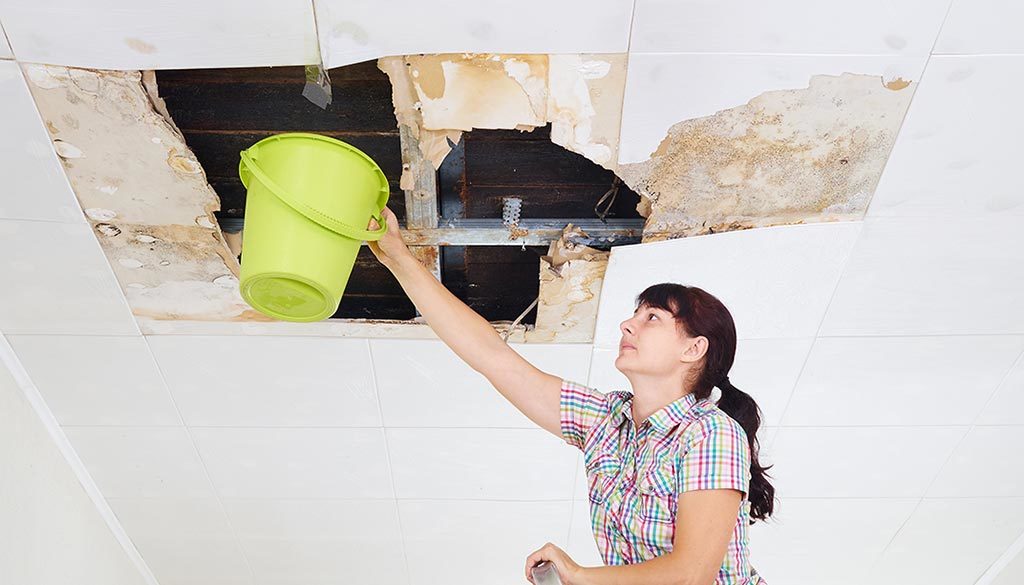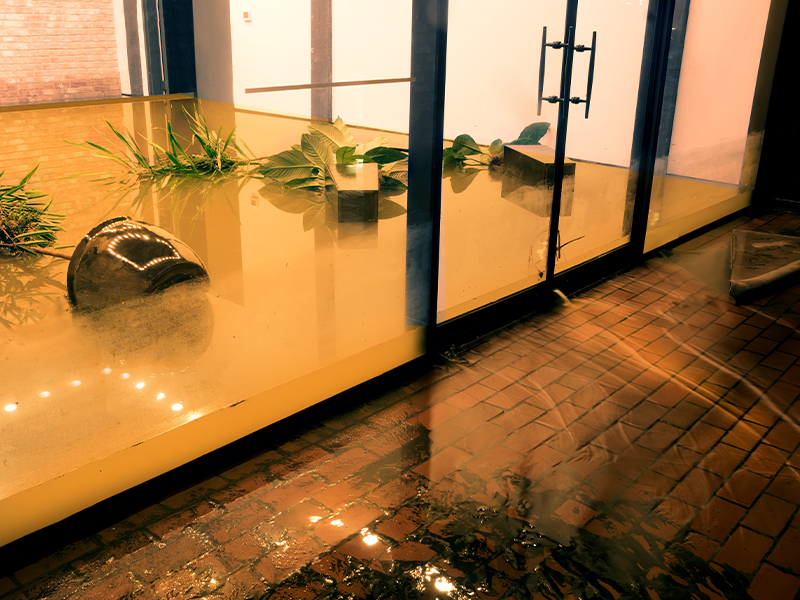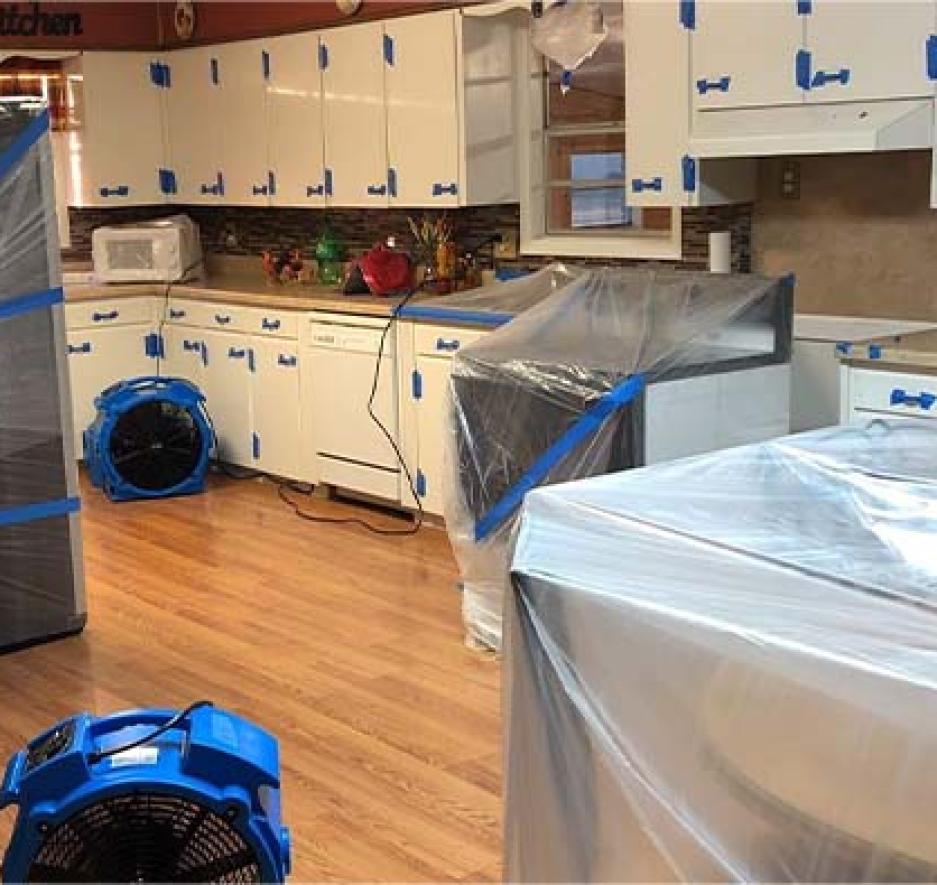Crucial Steps for Efficient Water Damages Remediation in your house
Water damages in your home can be a traumatic event that needs immediate attention and methodical restoration. When encountered with water damages, knowing the important steps to take can make a considerable difference in the outcome of the reconstruction process.
Determine the Water Damages Resource

To determine the water damages source, beginning by aesthetically examining your property for any type of noticeable indications of water leak or merging. Inspect areas prone to water damage such as cellars, attics, and around pipes fixtures. Usage devices like dampness meters to detect covert water build-up within wall surfaces or ceilings. It is likewise recommended to evaluate your home's upkeep records to determine any kind of previous concerns that might have added to the present water damages.
In situations where the source of water damages is not right away apparent, speaking with a professional water damages repair firm can offer experience in locating and dealing with the underlying cause successfully. Promptly recognizing and dealing with the water damages resource is vital in reducing the level of damage and making certain a successful repair procedure.

Get Rid Of Excess Water
To successfully alleviate water damage in your house, timely removal of excess water is necessary to avoid more architectural injury and mold development. The initial step in eliminating excess water is to determine the source and quit the water from going into the residential or commercial property. As soon as the resource is controlled, start drawing out standing water utilizing specific tools such as water pumps, wet/dry vacuums, and dehumidifiers. It is crucial to act promptly, as stationary water can leak into walls, floors, and furnishings, causing permanent damage. Start by concentrating on the most damaged areas and gradually work towards drying out the entire area.
When removing excess water, focus on security by making sure that electrical power is switched off in swamped locations to avoid electric threats. Additionally, use safety equipment such as handwear covers and boots to lessen contact with contaminated water. Be comprehensive in the extraction process, as also percentages of dampness left can lead to mold development and compromise the architectural stability of your home. By quickly eliminating excess water, you can significantly minimize the degree of water damage and restore your home to its pre-damaged condition.
Dry Out Affected Locations
Prompt elimination of excess water sets the structure for the next important action in water damage restoration: drying out the impacted locations completely. When the standing water has actually been removed, the emphasis moves to drying the area totally to avoid more damages and mold growth.

Moreover, utilizing customized tools like wetness meters can help in identifying concealed pockets of dampness within walls or floor covering, ensuring a detailed drying technique. It is essential to check the drying out development consistently to stop any problems or potential mold problems.
In cases of substantial water damage, seeking expert aid from water damage remediation experts is recommended to ensure useful site extensive drying out and stop lasting structural issues. Bear in mind, comprehensive drying out is vital to successful water damage remediation and protecting against future difficulties.
Clean and Disinfect
Guaranteeing complete cleansing and disinfection of water-damaged locations is an essential action in the restoration process to remove damaging germs and protect against potential health dangers. After drying the influenced locations, it is vital to clean up all surfaces with soap and water. This first cleansing aids get rid of dust, debris, and noticeable pollutants. Following this, sanitation is critical to eliminate any type of continuing to be germs and pathogens. mold removal albany ny. Utilizing EPA-approved disinfectants can assist in counteracting prospective health risks present in standing water or moisture-soaked products.
When cleaning and disinfecting, it is essential to use ideal protective equipment such as handwear covers, masks, and safety glasses to guard yourself from any kind of dangerous materials. Pay unique focus to areas that are often neglected, such as hidden edges, wall surface tooth cavities, and under flooring, as they can harbor moisture and bacteria, resulting in mold and mildew growth and foul odors if left untreated.
Repair and Bring Back Damaged Areas
After finishing the cleansing and disinfection procedure, the next important action in water damages reconstruction is to fix and restore the harmed areas in your house. As soon as the influenced locations have actually been completely cleaned up and sanitized, it is important to examine the level of the damage to establish what repair services are necessary. This may involve fixing architectural damage, replacing drywall, fixing floor covering, visit site or bring back harmed furniture and belongings.
It is essential to address water damage promptly to stop further issues such as mold and mildew development or structural deterioration. Hiring professional specialists or restoration experts can make sure that repair services are done correctly and effectively. They have the proficiency and tools to manage water damage remediation efficiently.
When fixing and restoring harmed areas, it is vital to utilize high quality products that are immune to water damage to stop future issues. In addition, making sure correct air flow and moisture control in the recovered locations can aid stop mold and mildew development and helpful resources maintain a healthy indoor setting. By addressing water damage promptly and effectively repairing and bring back harmed areas, you can make sure the lasting security and integrity of your home.
Conclusion
In final thought, efficient water damage reconstruction in your home calls for determining the resource of the damages, removing excess water, drying out affected locations, cleaning and disinfecting, and fixing damaged locations. By complying with these necessary actions, you can minimize the effect of water damage and recover your home to its pre-damaged problem. It is vital to act quickly and completely to avoid further damage and make certain a safe and healthy and balanced living atmosphere.